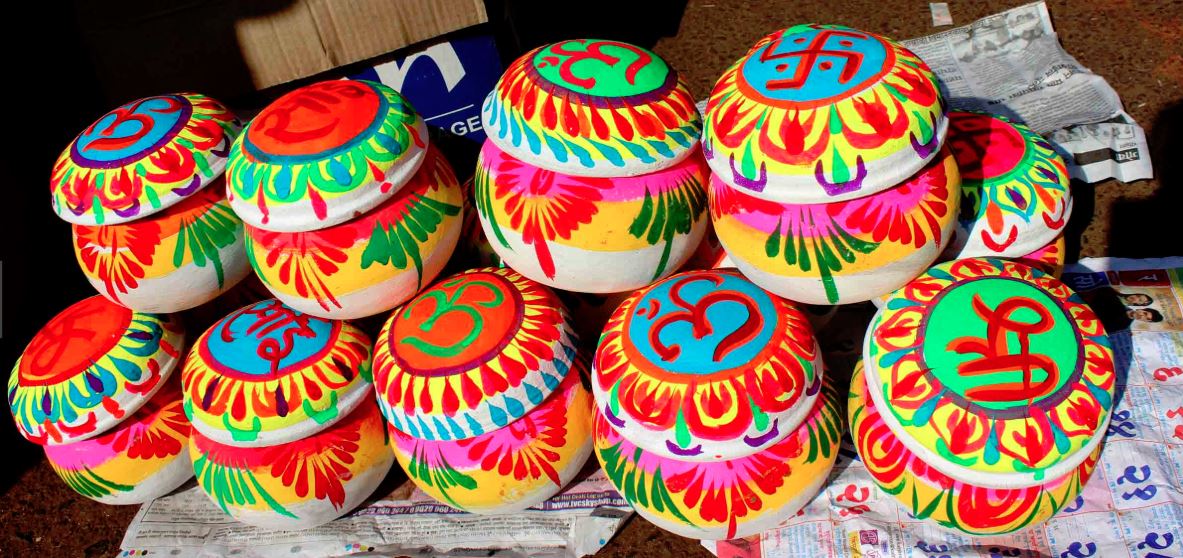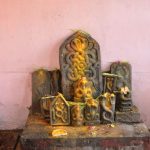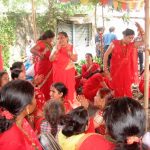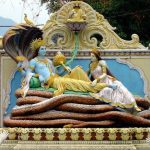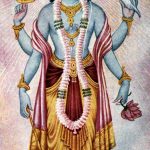As one of the most ancient Hindu festivals celebrated in India, Makar Sankranti is a highly significant occasion for a majority of the Indian population. It is a festival that celebrates the solar cycle, and thus usually falls on January 14 of each year. Makar Sankranti is celebrated throughout India in a colourful and lively manner, and many also regard it as a day of strong astrological significance.
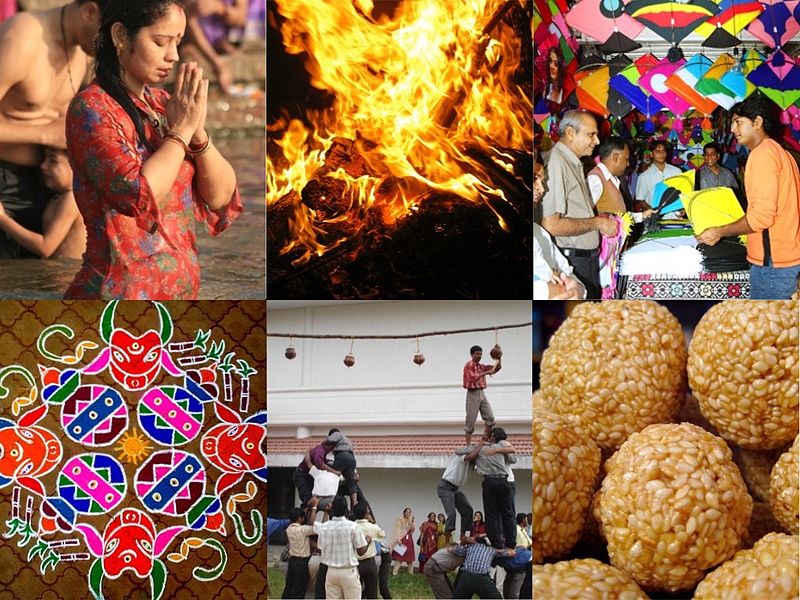
What is Makar Sankranti?
Makar Sankranti is a Hindu festival that celebrates the sun god Surya. It marks the sun’s transit into the house of Capricorn (Makara). This indicates the end of winter and the start of longer and warmer days. Sankranti essentially denotes the movement of the sun from one house to another, which is why this festival is called Makar Sankranti.
Importance to Hindus
This festival is also significant because it marks the victory of Lord Vishnu over evil demons, or asuras, thus putting an end to inauspicious times. It marks a new beginning. Hindus celebrate Makar Sankranti with pomp and joy throughout India. In particular, Hindus celebrate it every twelve years with a pilgrimage to the Kumbha Mela. Almost 100 million people take part in this pilgrimage.
Makar Sankranti Date
This festival, according to Hindu calendar, falls in the solar month of Makara, and in the lunar month of Magha. For this reason, many states of India also celebrate it as Magha Sankranti. This corresponds to 14th January in the Gregorian calendar, except in certain years when it falls on 15th January. This date shift happens because, according to the solar calendar, the Sun returns to its original position twenty minutes late every year, which adds up to a full day’s delay once every 72 years. Due to this, Makar Sankranti falls on 15th January.
Relation to the Solstice
According to the Siddhanta texts of the Hindu calendar, Makar Sankranti is calculated to fall on December 23. Nonetheless, the usual date of celebration is in January. The night before Makar Sankranti marks the longest night of the year, as it is the night of the winter solstice. Hindus call this date Dhanu in the solar calendar and Pausha in the lunar calendar. From this date, the sun begins its movement towards the Northern Hemisphere from the Southern Hemisphere.
Astrological Significance of Makar Sankranti
The Makar Sankranti story is an interesting one. While most Hindu festivals follow the lunar cycle and thus shift their dates every year, the Makar Sankranti date is nearly always the same as it follows the solar cycle. According to astrology, Makar Sankranti denotes the entry of the sun (Surya) into the new house (Makar). This symbolises the transition from darkness into light. Prior to that, the sun resides in Saturn’s house (Shani), which is an inauspicious time. Because of this, old items that were used during this inauspicious time are burnt the day before Makar Sankranti. Hindus do this with the intent of putting the past behind in order to celebrate a new beginning.
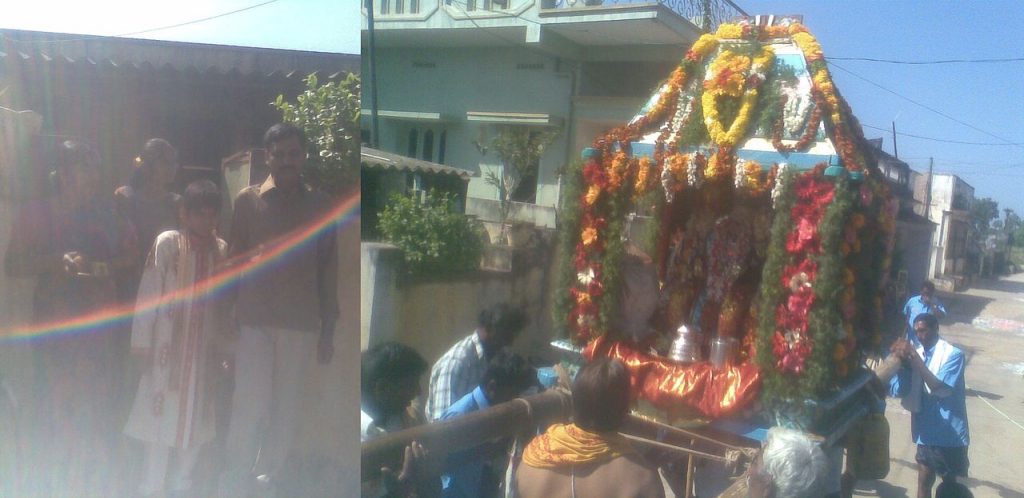
Link To The Zodiac Calendar
According to the zodiac calendar, Makar Sankranti marks the movement of the sun from Sagittarius to Capricorn. Hence, it is a particularly auspicious and positive time. This date also denotes the end of the agricultural cycle, when crops have been sown and the harvest is ready. Hindus all over India thus take this opportunity to socialise with their families and celebrate with good food and festivities.
Spiritual Significance Of Makar Sankranti
From a spiritual perspective, Makar Sankranti celebrates the beginning of a highly auspicious period for Hindus, known as Uttarayana. According to Hindu legend, the Makar Sankranti background dates back to when Lord Vishnu killed the demons that were threatening to wreak havoc on Earth. He cut off their heads and buried them beneath a mountain. This symbolises the end of evil influences, which thus led to a clean, prosperous new beginning filled with blessings. Another significant story from Makar Sankranti history comes from the Mahabharata legend. This is the time when Bhishma Pitamah fell to Arjuna’s arrows and lay on his bed of arrows, waiting for Uttarayana to begin so that he could choose his moment of death.
A Time Of Rebirth
Hindus regard this period as a time of good health and prosperity. It is a time of rebirth, renewal and success as it is the date that marks the movement of the Sun towards the Northern Hemisphere, and the start of the warm and prosperous months. Children, in particular, learn to revere Makar Sankranti not only as a day of festivities and fanfare, but also the day in which we thank the sun god and learn how to shine bright and prosper like the sun. On Makar Sankranti, therefore, Hindus offer prayers to Lord Surya and thank him for their success and pray for further prosperity.
A Time Of Forgiveness
This day also marks the time for renewal and forgiveness. Thus, Hindus take the opportunity to bathe in holy rivers such as the Ganga, Yamuna or Godavari rivers and wash themselves clean of their sins and seek absolution. Many Hindus also use this opportunity to bathe and pray to Lord Surya by reciting the Gayatri Mantra.
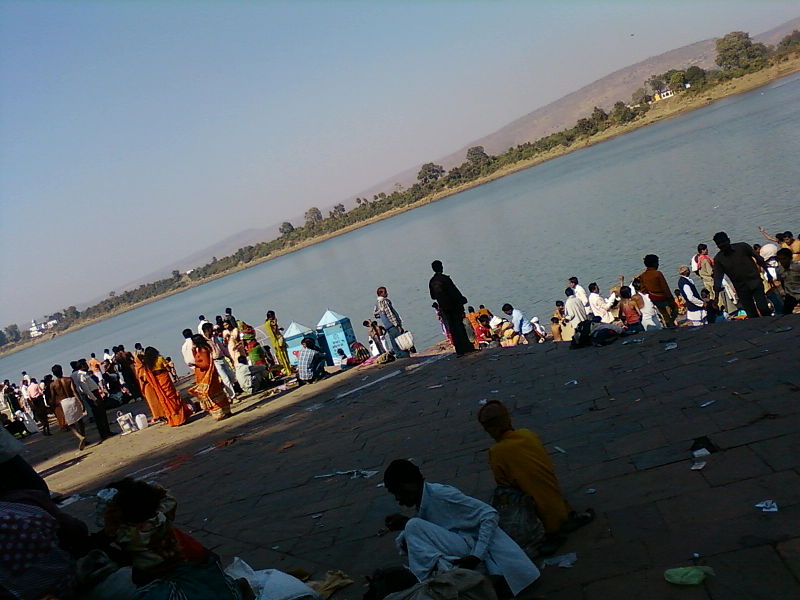
Celebration of Makar Sankranti in India
Makar Sankranti is a highly auspicious date for Hindus in India. It denotes the beginning of summer and also the harvest season. In addition, it denotes the day on which Lord Vishnu opens the doors of his abode in the sky, as Capricorn belongs to Lord Vishnu’s reign. Makar Sankranti is thus celebrated with great pomp throughout India. The festival has different names in different states – it is known as Thai Pongal in Tamil Nadu, Pedda Panduga in Andhra Pradesh, Maghi in Himachal Pradesh, Khichdi in Uttar Pradesh, Magh Bihu in Assam and so on.
Makar Sankranti Customs
While the actual ceremonies differ from state to state, Hindus typically wear new clothes, visit Hindu temples to thank the gods for a good harvest and make traditional sweets at home to distribute among friends and family. In multiple states such as Gujarat and Haryana, people also celebrate this day by flying kites and taking part in competitions, where the winner seeks to take down as many kites as possible with a sharpened string. Another common practice is for families to give gifts to their married daughters. In many states, daughters also visit their parents’ homes in order to exchange gifts and celebrate together. Many states also celebrate Makar Sankranti with folk songs, dances and drama.
More Customs
Many also perform special Makar Sankranti puja for the health and well-being of their loved ones. In Odisha, there is a unique celebration of friendship on Makar Sankranti. Two men or two women tie friendship bands on each other’s wrists. They then maintain their friendship for at least one year, or until the next Makar Sankranti. Married women also visit each other to apply haldi (turmeric) and kumkum (vermilion) to each other’s foreheads as a symbol of goodwill and warm wishes. The Tamil community in Sri Lanka also celebrate this festival in a similar manner. Sindhi families in Pakistan also mark this day by gifting homemade sweets made from sesame seeds to their married daughters.
Celebration of Makar Sankranti Abroad
Nepal is a country dominated by Hindus. They thus celebrate Makar Sankranti with almost as much grandeur as in India. The festival is known as Maghe Sankranti as it falls on the first day of the month of Maghe. It brings to an end the inauspicious month of Poush and denotes a prosperous new beginning. In Nepal, Hindus celebrate this day by bathing in holy rivers such as the Bagmati river, the Koshi River basin and the Gandaki/Narayani river basin near the Indian border at Triveni. Many Hindus also perform a Nara Puja to pray for protection from the forces of evil. Hindus also prepare special dishes like laddoo and sweet potatoes at home and share them with family and friends.
Sweets on Makar Sankranti
One common custom is to prepare sweets from jaggery and sesame seeds at home, because the stickiness of these sweets symbolises the importance of finding peace and joy in togetherness despite the difficulties that may come. Other traditional sweets prepared and consumed on this date include coconut sweets, chhena, rasagulla, halwa and churma.
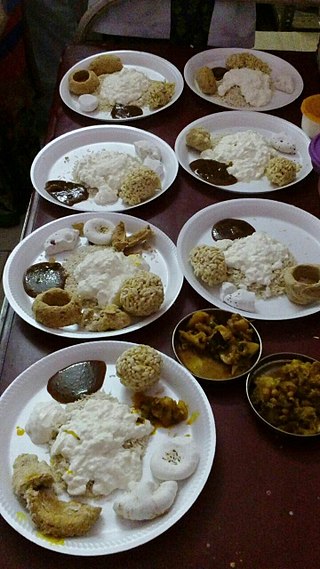
If you are a believer in astrology, Makar Sankranti is undoubtedly one of the most auspicious festivals you can celebrate. No matter which state of India you are in, you will undoubtedly find that everyone celebrates Makar Sankranti in a joyous manner. The festivities include every member of the community in the common spirit of goodwill. It is also an auspicious time to offer prayers and embark on new journeys or projects.




